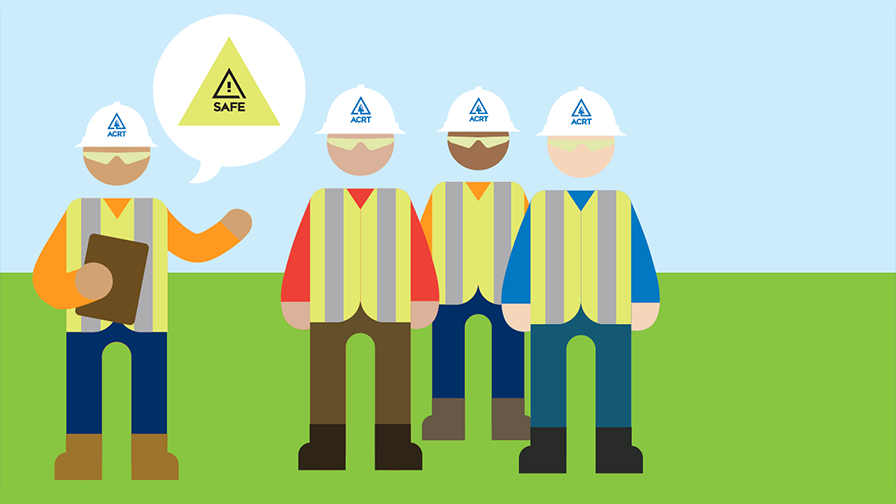Necessary tree trimming can be a hard sell for utility customers. Active listening and strategic communication techniques can mean the difference between a pleasant experience and losing customers’ trust for good.
If you’re not doing the job yourself, it’s easy to ignore the practical realities of maintaining a reliable electrical grid. Your morning coffee, your television, your computer—it’s all made functional by the wonder of modern electrical distribution. We in utility vegetation management know these things to be true. We know that vegetation management is necessary to maintain power for all customers, and important for the safety of line workers and the public.
But your average customer doesn’t—and that’s why they may hear a different message when they hear: “We need to prune your tree.”
This is about much more than an isolated unpleasant interaction—it’s about the reputation of your utility company. A customer will always remember the time the utility company came and “butchered” their tree, and response can come in the form of angry phone calls, threats of litigation, the telling of friends and neighbors, or a call to the local media. Repairing damage can be costly.
And that’s why arming your utility arborists with the right methods to engage customers about necessary tree work is a significantly valuable investment. It’s not only our responsibility to ensure proper vegetation management—it’s our responsibility to communicate with landowners on when, where and how this work is necessary.
![Effective Customer Interaction [Infographic]](https://acrt.com/wp-content/uploads/2017/11/Effective-Customer-Interaction.jpg)




